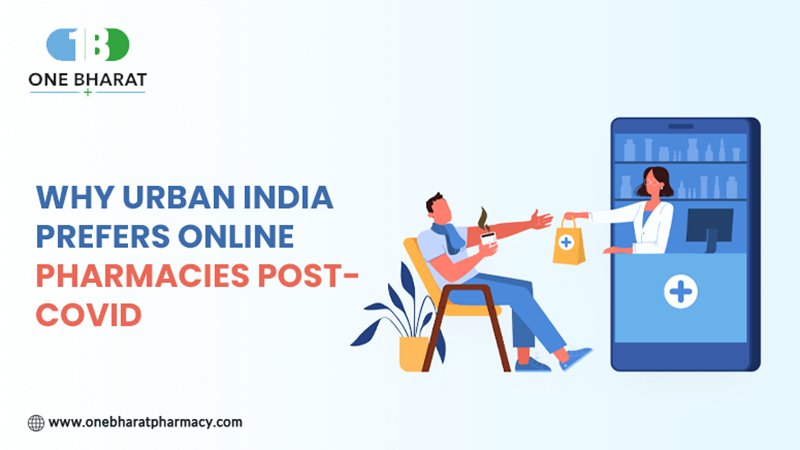Why Urban India Prefers Online Pharmacies Post-COVID A Deep
Aug 12, 2025
Introduction: A Digital Prescription for Post- COVID India
The COVID- 19 pandemic redefined healthcare access in India, especially in urban centers where lockdowns, overcrowded hospitals, and health safety fears changed how people seek medical services.
A notable outcome of this transformation has been the exponential rise of online pharmacies in urban India. From digital consultations to doorstep medicine delivery, urban Indians are increasingly turning to e- pharmacies as a safer, faster, and more efficient alternative to traditional brick- and- mortar chemist shops.
This article explores the driving forces behind this trend and how it's reshaping urban healthcare in a post- pandemic India.
The Key Drivers Behind the Rise of Online Pharmacies in Urban India
1. Safety and Contactless Convenience
During the height of the COVID- 19 pandemic, urban centers across India experienced severe outbreaks and lockdowns. Visiting crowded pharmacies posed a direct threat to public health, particularly for vulnerable groups such as senior citizens, people with chronic conditions, and the immunocompromised. In this context, online pharmacies emerged as a lifeline.
With zero- contact delivery models, digital prescriptions, and cashless payment options, these platforms significantly reduced the risk of viral transmission while ensuring continued access to essential medications.
This shift ingrained a new habit among urban consumers- one where healthcare needs could be met without stepping outside their homes.
2. Acceleration of Digital Adoption
The pandemic catalyzed a massive shift toward digital platforms in India. As per a 2020 IAMAI report, over 40 million new users came online that year alone, with a majority accessing the internet via smartphones.
Online pharmacies swiftly optimized for mobile- first experiences- offering intuitive apps, easy onboarding, AI- driven chat support, and vernacular language interfaces. Platforms like One Bharat Pharmacy leveraged this surge by creating user- friendly ecosystems that combined diagnostics, e- consultations, and medicine delivery- all under one roof. The digital familiarity that began as a necessity gradually evolved into consumer preference.
3. Trust Through Branding and Certifications
One of the early challenges for online pharmacies was overcoming skepticism around the authenticity of drugs and reliability of service. Companies countered this by investing heavily in brand trust and compliance.
Most leading platforms collaborated with certified distributors, employed registered pharmacists to review prescriptions, and implemented batch- level tracking for medicines. Many also obtained ISO and NABL certifications, which were prominently displayed to reassure users.
Transparent pricing, verified user reviews, and detailed product information fostered confidence, especially among first- time digital health users in metro cities.
4. Government and Regulatory Push
Recognizing the long- term potential of digital healthcare, the Indian government launched initiatives like the National Digital Health Mission (NDHM), aimed at creating a unified digital health ecosystem.
Meanwhile, the Central Drugs Standard Control Organization (CDSCO) released draft regulations for e- pharmacies to formalize the sector. These moves sent a clear signal: digital health was here to stay. Regulatory recognition not only encouraged investor confidence but also nudged traditional pharmacies to explore hybrid models.
For urban consumers, the alignment with government- backed initiatives served as a key validator of credibility and security.
5. Time- Saving and Accessibility
For India’s urban professionals, time is at a premium. Long work hours, traffic congestion, and erratic pharmacy hours made it inconvenient to refill prescriptions or manage recurring health needs.
Online pharmacies solved for this by offering scheduled deliveries, auto- refill subscriptions, and doorstep service even at odd hours. Whether it was a blood pressure medication for an aging parent or baby care essentials, users could place orders in seconds without disrupting their routines.
This high level of convenience- paired with discounts and loyalty points- cemented the appeal of digital pharmacies among tech- savvy, time- strapped consumers.
The Numbers Don’t Lie: Growth of Online Medicine Sales in Urban India
-
A 2023 report by RedSeer Consulting indicated that the Indian e- pharmacy market grew from INR 4,500 crore in 2019 to over INR 25,000 crore in 2023, with Tier 1 and Tier 2 cities contributing nearly 70% of total orders.
-
Delhi, Mumbai, Bengaluru, Hyderabad, and Pune were among the top 5 cities showing a year- on- year increase in online prescription orders.
-
According to a Survey in 2022, over 52% of urban Indian respondents preferred e- pharmacies for repeat prescriptions.
Traditional Pharmacies vs. Online Pharmacies: A Comparative Snapshot
|
Criteria |
Traditional Pharmacy |
Online Pharmacy |
|
Convenience |
Requires physical visit |
Delivered to your doorstep |
|
Pricing |
Fixed pricing, low discounts |
Heavy discounts and offers |
|
Product Range |
Limited by store size |
Extensive catalogs with search filters |
|
Prescription Upload |
Manual presentation required |
Upload via app or website |
|
Availability |
May run out of stock |
Inventory across multiple warehouses |
Challenges and Controversies in the Online Pharmacy Space
While the surge in popularity is evident, online pharmacies are not without their challenges:
1. Prescription Fraud
Concerns remain around customers uploading fake prescriptions or misusing digital platforms to access restricted medications.
2. Unregulated Operators
Some smaller players may bypass regulatory frameworks, risking substandard or counterfeit products.
3. Logistical Delays
Despite tech- driven models, delays in last- mile delivery- especially in Tier 2 cities- remain a problem.
4. Data Privacy and Security
Handling sensitive health data digitally raises concerns over cybersecurity and misuse of personal information.
Despite these concerns, the increasing oversight by CDSCO and competition- driven self- regulation among major players have improved safety and compliance.
What’s Next for Online Pharmacies in India?
The future of online medicine delivery in India looks promising, with evolving features that aim to make healthcare even more personalized and accessible:
1. Integration with Telemedicine
Platforms are integrating virtual doctor consultations, enabling end- to- end patient journeys- consultation, diagnosis, and medicine delivery- from a single app.
2. AI- Powered Personalization
From personalized health reminders to medicine refill predictions based on purchase patterns, AI is revolutionizing patient experience.
3. Subscription- Based Medicine Plans
Patients managing chronic illnesses can now subscribe to monthly medicine plans- ensuring consistent supply and cost savings.
4. Tier 2 and 3 Expansion
As internet penetration increases, e- pharmacy platforms are tapping into smaller towns, offering language support and regional customization.
5. Stronger Policy Backing
The anticipated finalization of India’s E- Pharmacy Rules is expected to bring clarity and accountability, encouraging safer online medicine ecosystems.
Final Thoughts: Embracing the Digital Healthcare Shift
Urban India's preference for online pharmacies post- COVID is not just a temporary shift- it reflects a deeper, more lasting transformation in how modern Indians interact with the healthcare system. The pandemic acted as a catalyst, accelerating digital healthcare adoption, reducing stigma around online consultations and medicine delivery, and opening doors for tech- driven innovations in health.
E- pharmacies have addressed long- standing pain points: the lack of access, high prices, inconvenient timings, and the stress of navigating congested cities just to get a prescription filled. In their place, platforms now offer doorstep delivery, real- time tracking, verified medications, prescription upload features, and digital payment flexibility- all within a few taps.
However, the journey is ongoing. Trust, compliance, and accessibility will be the pillars upon which this sector continues to evolve. Stakeholders- including the government, startups, consumers, and medical professionals- must work together to ensure this digital shift remains secure, inclusive, and beneficial for all.
As the line between digital health and traditional care blurs, we can expect even more powerful integrations: diagnostic services at home, telemedicine- backed prescriptions, and AI- led chronic disease management. The future of healthcare in urban India is not just online- it’s intelligent, accessible, and consumer- first.
Curious to try the online pharmacy experience? Explore trusted platforms like One Bharat Pharmacy today for safe, reliable, and affordable healthcare delivery.
Disclaimer:
Recent Post

Telemedicine: The Digital Bridge Connecting Patients to Healthcare
_CAT_1753709847.png)
Does Scanning a QR Code on Medicine Packaging Really Confirm Authenticity? Here's the Truth
_CAT_1753374525.png)
Bringing India’s Pharmacy to Your Doorstep.
_CAT_1753281249.png)
King Barriers in Healthcare: One Bharat Pharmacy Rolls Out Seamless Online Medicine Delivery Across Delhi NCR
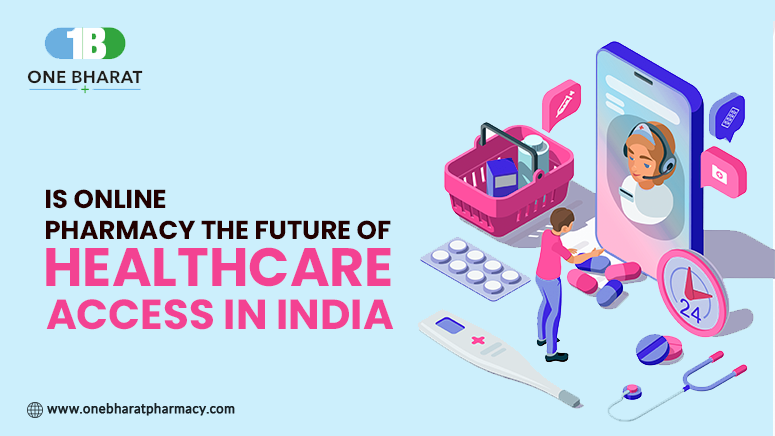
Is Online Pharmacy the Future of Healthcare Access in India?
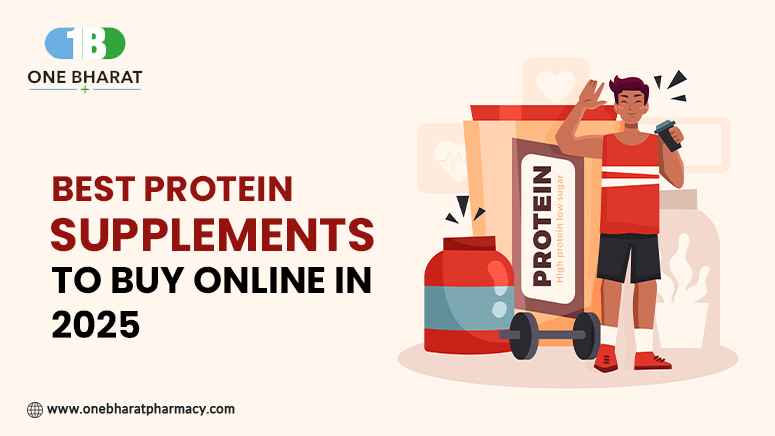
Best Protein Supplements to Buy Online in 2025
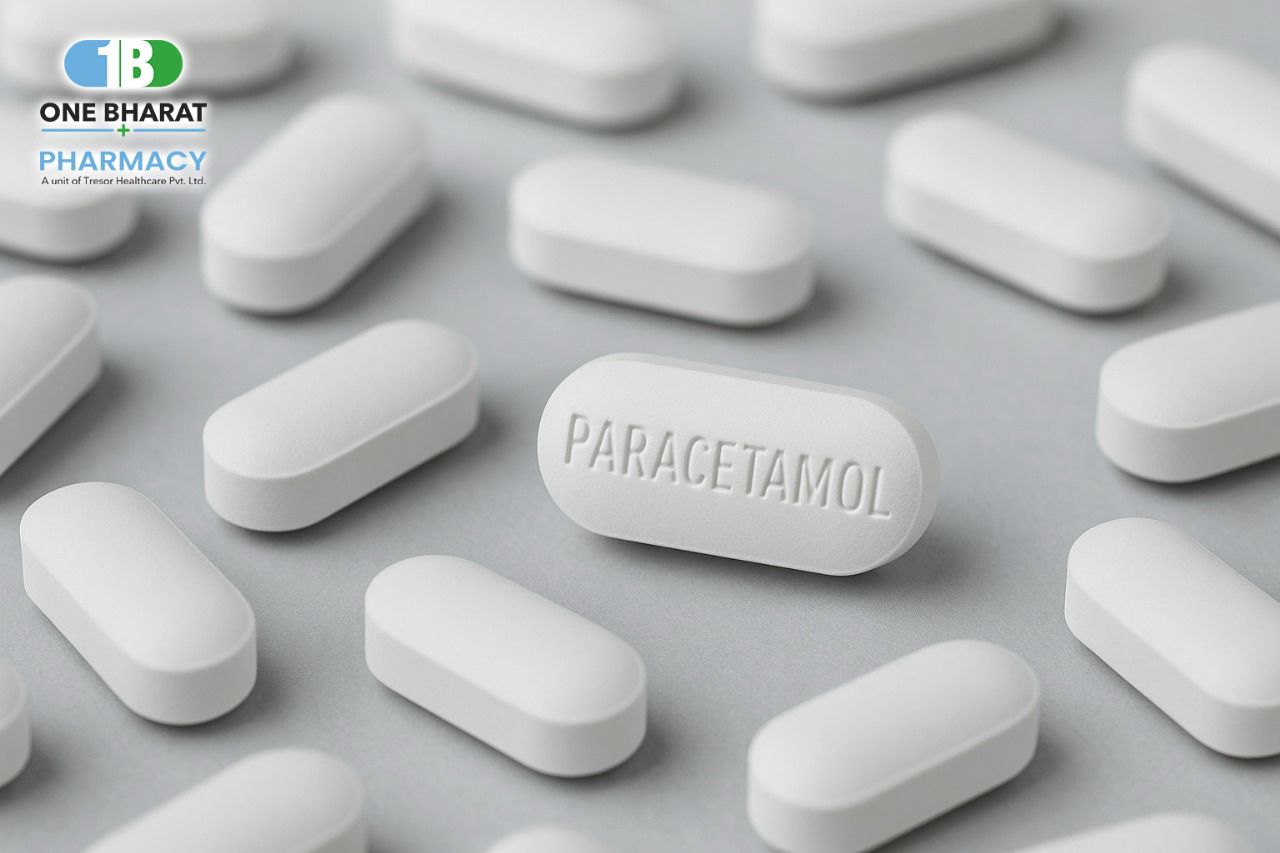
FACT CHECK: Is Paracetamol Truly the World’s Most Dangerous Drug?
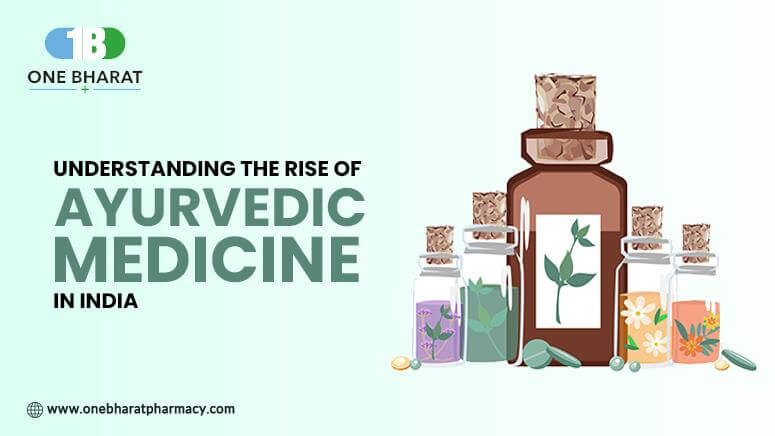
Understanding the Rise of Ayurvedic Medicine in India
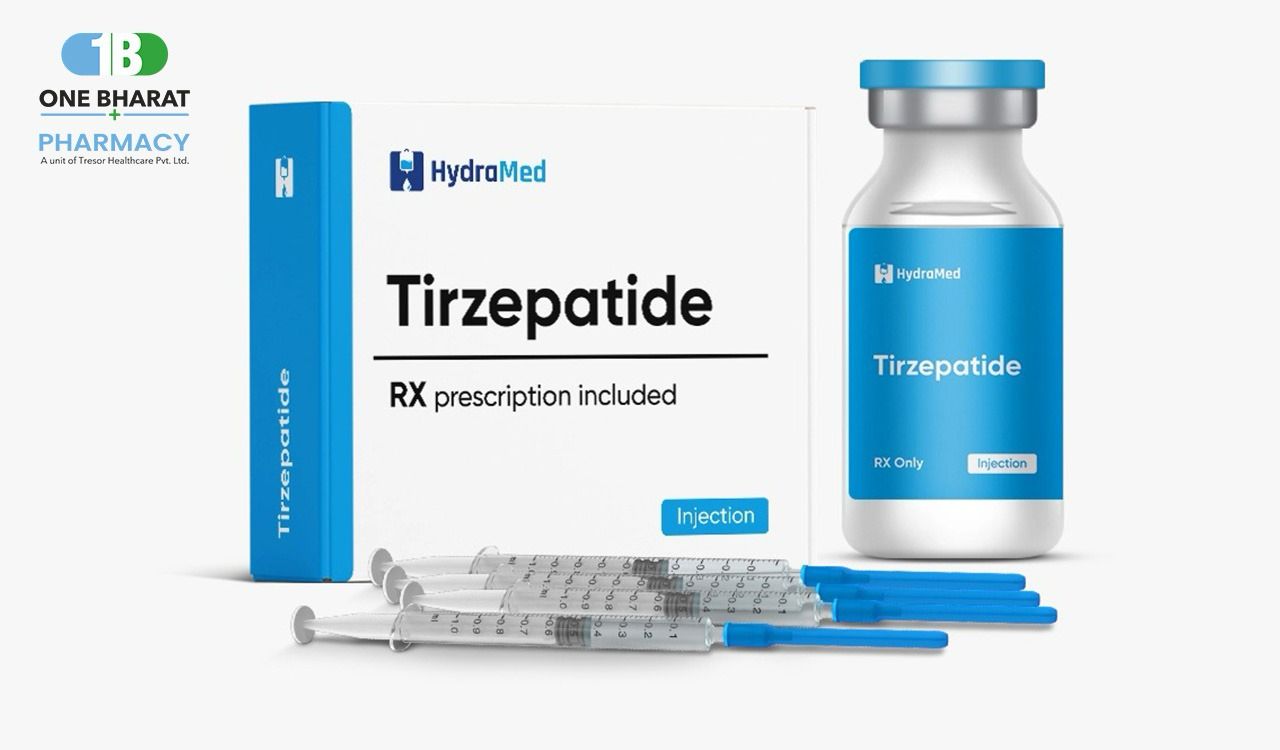
Fact‑Check: Does Tirzepatide (Mounjaro/Zepbound) Aid Weight Loss & Diabetes?
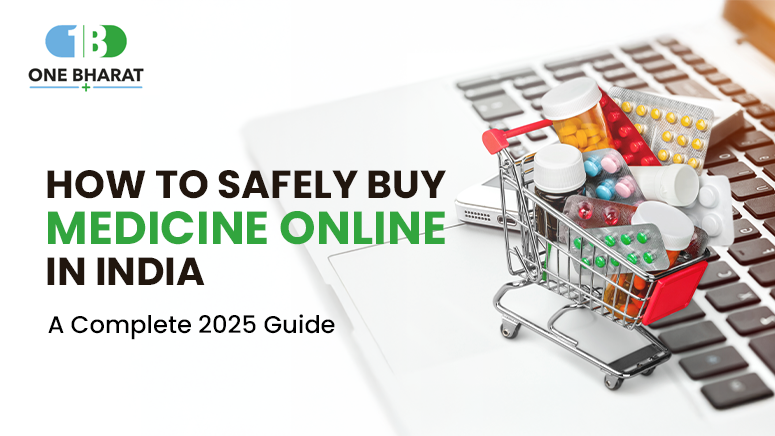
How to Safely Buy Medicine Online in India: A Complete 2025 Guide

